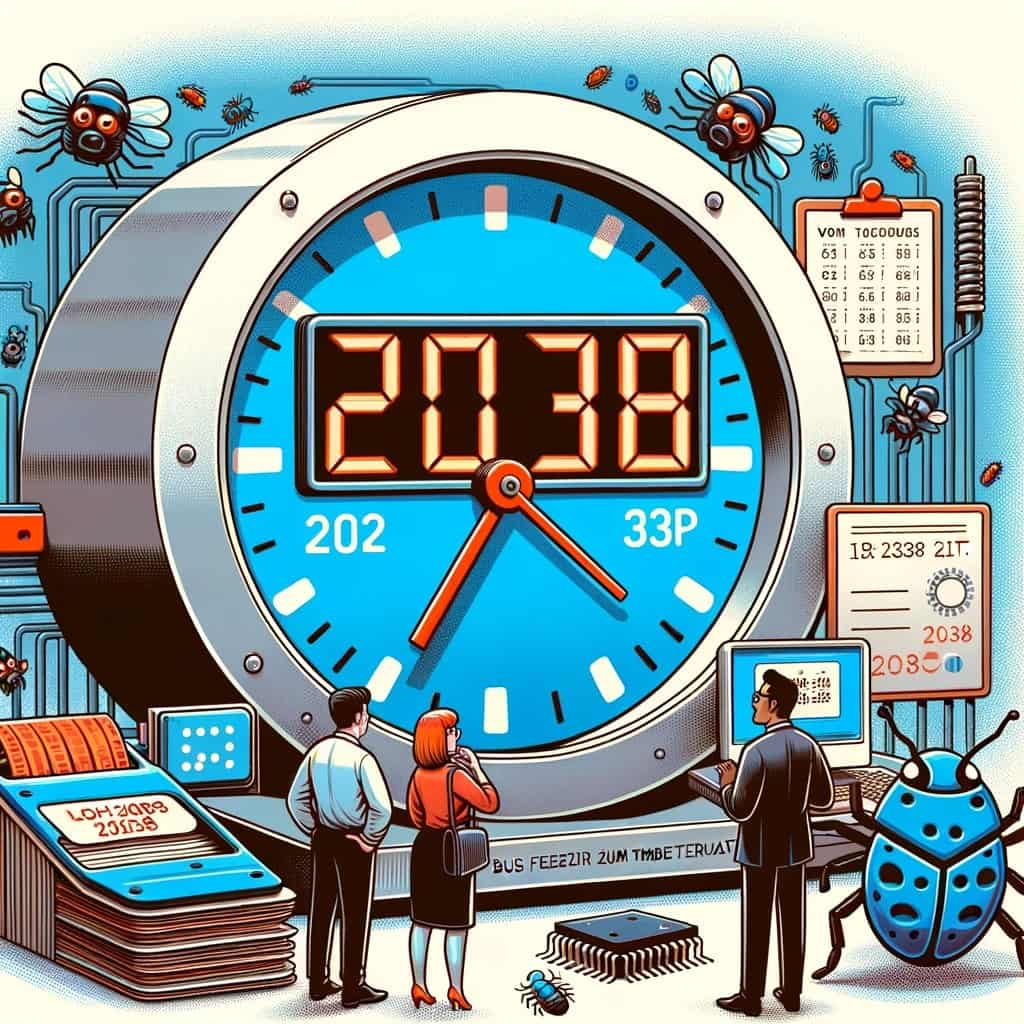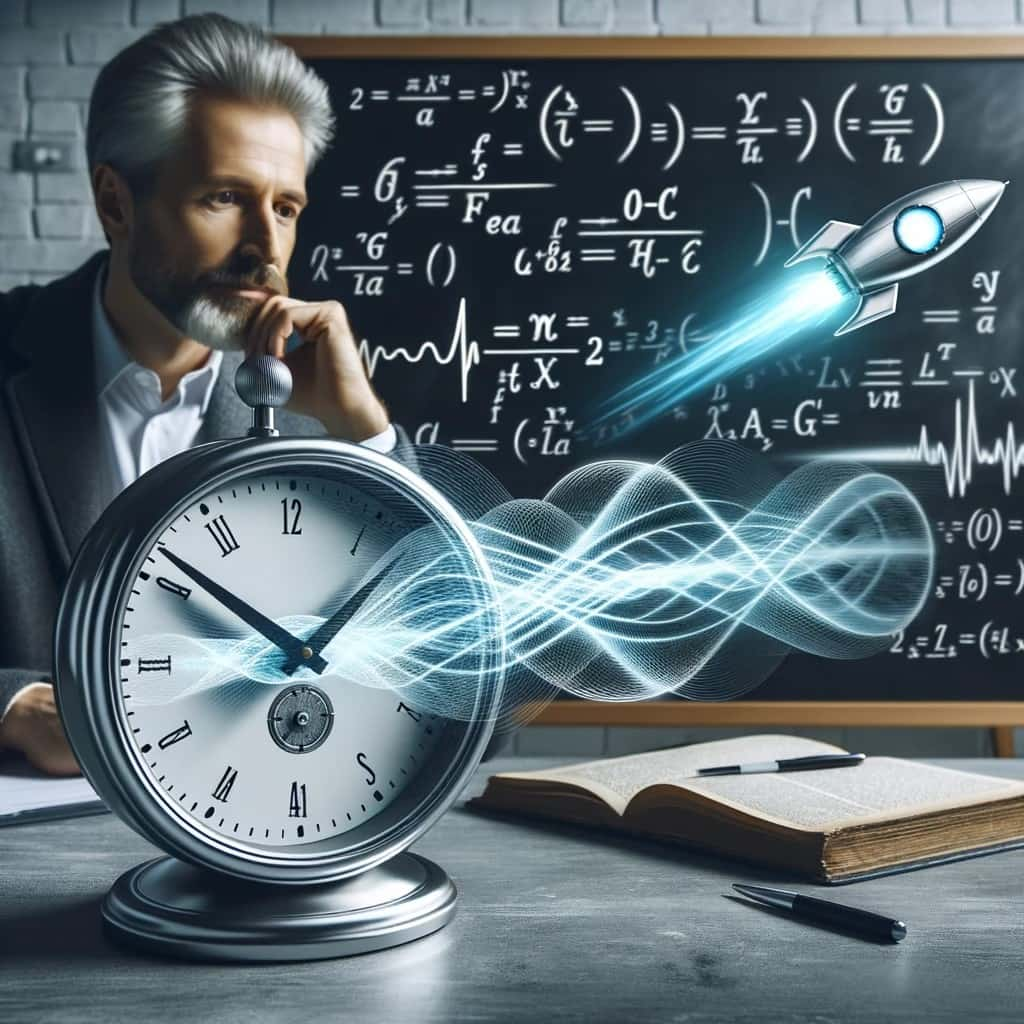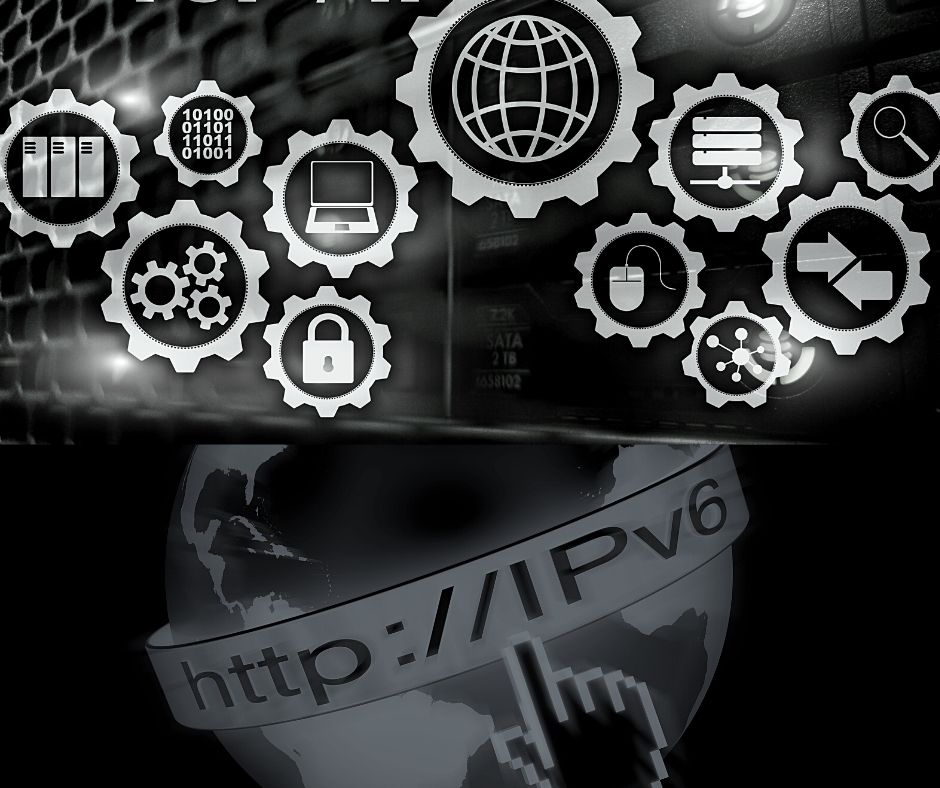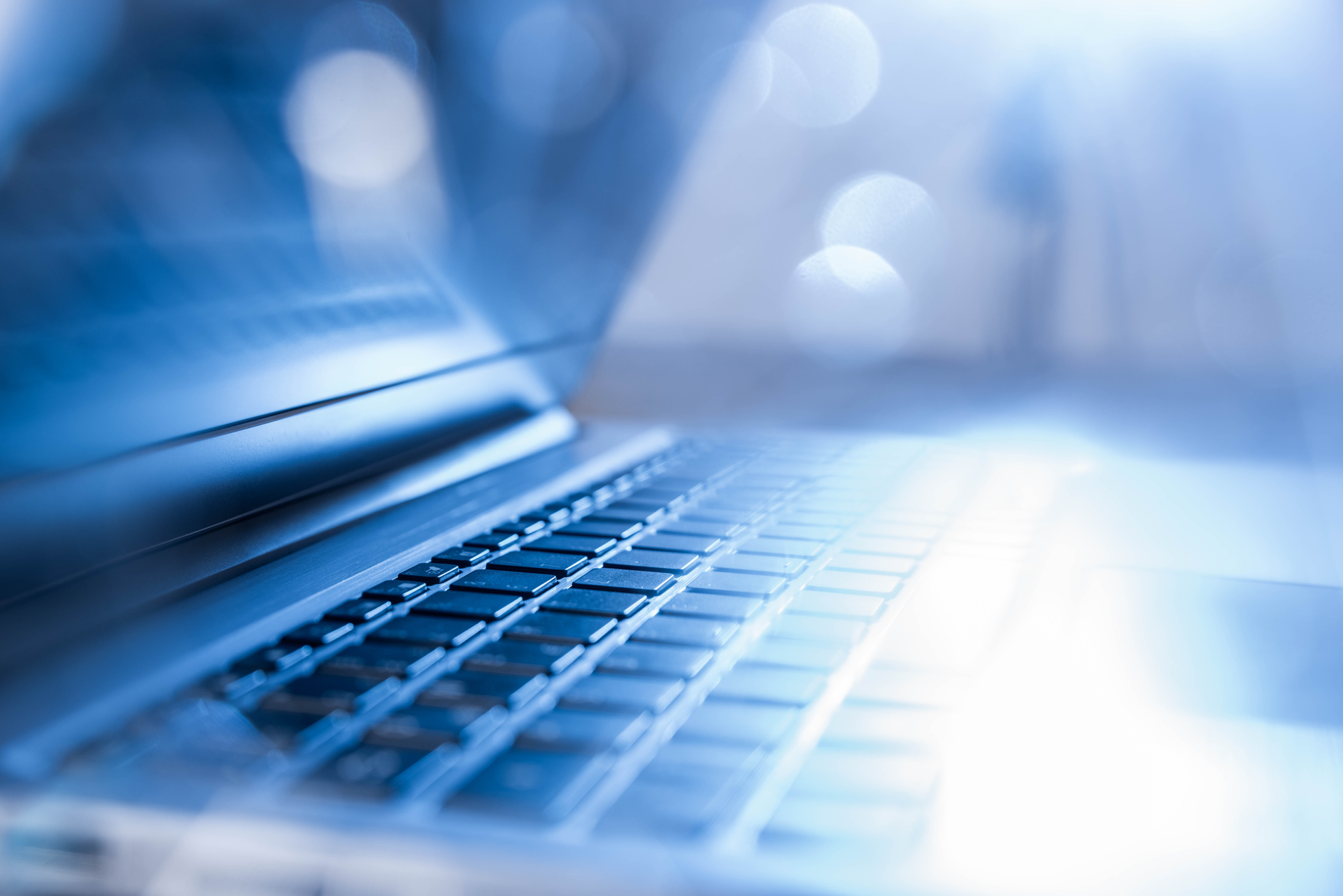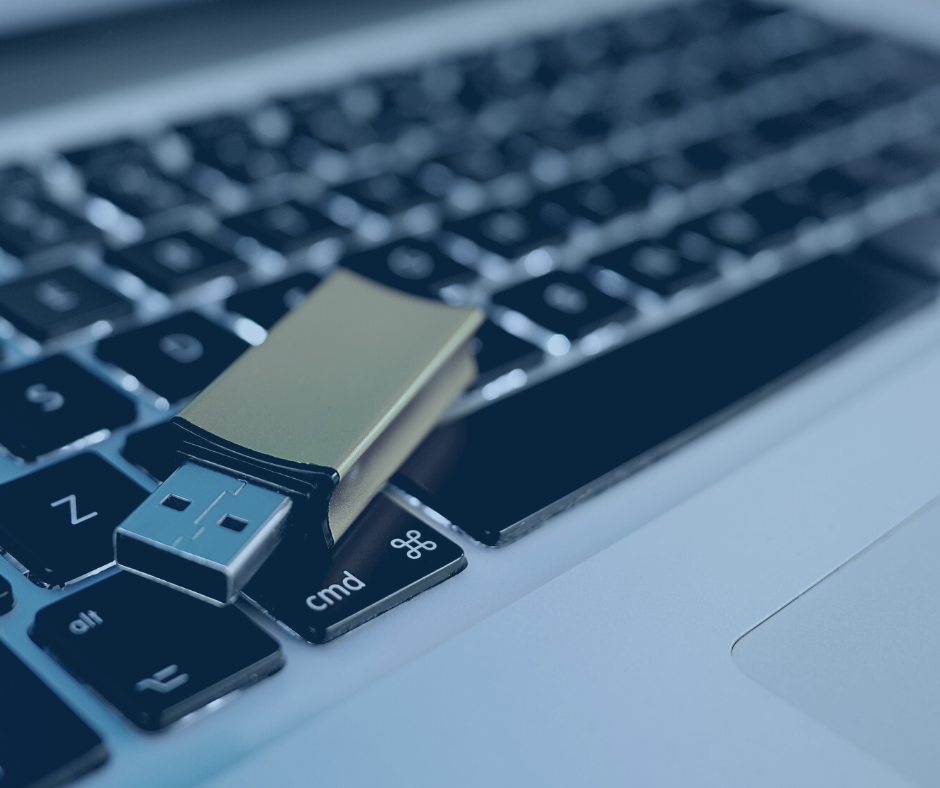The conquest of space is a captivating journey that challenges not only the courage of mankind, but also the sophistication of modern technology. One of the fascinating technical challenges is to synchronize timekeeping on celestial bodies such as the Moon and Mars. In this article, we will dive deep into the technical details to understand how space experts precisely measure and synchronize time in space.
Atomic clocks and time dilation (Hello Mr. Einstein)
Atomic clocks are at the heart of precise timekeeping in space. These remarkable timepieces are based on the stable oscillation of atoms, which leads to astonishing accuracy. These clocks are irreplaceable in space missions. However, Albert Einstein's special theory of relativity throws up a peculiarity: When a spacecraft is moving at high speed or is exposed to a strong gravitational field, time passes differently. Therefore, atomic clocks must be carefully calibrated and corrected in such an environment.
Time dilation is a fascinating effect that influences the measurement of time in space. The faster a spacecraft is traveling or the stronger the gravity, the slower time passes compared to a stationary reference frame. This means that space travelers on missions to distant celestial bodies are confronted with subtle time shifts.
Here is a calculator for time dilation.
Technical solutions for precise time measurement in space:
Space engineers have developed clever methods to ensure precise timekeeping in space. Here are some technical solutions:
- Calibration of the atomic clocks: Space experts calibrate the atomic clocks before the launch and take into account the effects of time dilation. This allows them to correct for the effects of speed and gravity on time measurement.
- Time correction algorithms: Special algorithms take into account the effects of relativity and correct the time measurement on the basis of airspeed and gravitational conditions.
- Communication protocols: Time stamps are used in communication between Earth and spacecraft to keep data transmission and command execution synchronized.
- Local timekeeping: On some missions, instruments are installed on the celestial body to carry out local time measurements and compare them with the atomic clocks on Earth.
The future of time measurement in space:
Precise timekeeping in space is crucial for future space missions - be it the exploration of Mars or the establishment of a lunar base. Space engineers will continue to develop innovative technologies to overcome the challenges of measuring time in space and advance humanity deeper into the universe.
In a world where space and time merge, space experts use atomic precision and sophisticated technology to synchronize the clockwork of space. Measuring time in space is not only a technical necessity, but also a fascinating insight into the interactions between the fundamental laws of physics and the limits of human discovery.
There are still many challenges ahead for our IT systems. We can look forward to seeing what ingenious solutions our software developers conjure up to solve them.
Time will tell.

